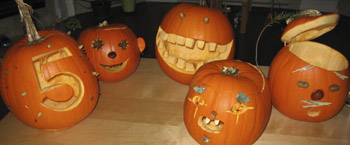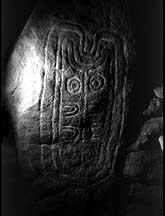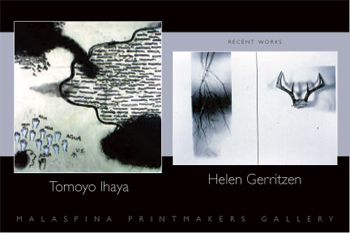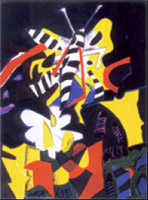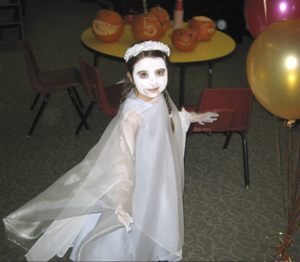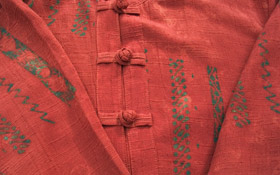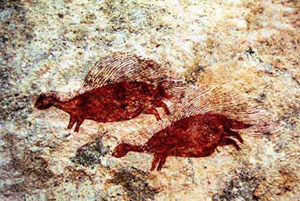Interconnection: Eastcott / Suzuki
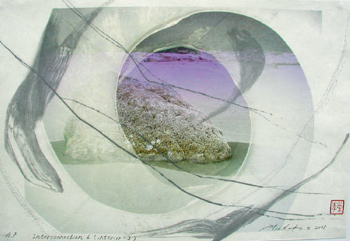
Interconnection 6 (Interior 3)
Michiko Suzuki & Wayne Eastcott
inkjet, toner etching and Japanese paint on torinoko paper
In August 2004, I wrote about a fascinating collaboration between printmakers Michiko Suzuki of Tokyo and Wayne Eastcott of Vancouver. They had a very successful exhibition in June, 2005 in Gallery Concept 21, Tokyo and now it will be exhibiting in Vancouver.
Interconnection – a transpacific printmaking collaboration
November 3rd to November 20th, 2005
Opening reception on Thursday Nov. 3rd, 6:30 – 8:30 pm.
Elliott Louis Gallery, 1540 West 2nd Avenue, Vancouver
Fortunately for internet gallery visitors, Elliott Louis Gallery has a good website**, with a press release and images of the works, and the artists’ statement:
It is dangerous for many artists, who are individualists, to attempt a collaboration. But we believe it is possible within the printmaking world. Print artists require the use of both human hands and tools (traditional or new). Therefore, the artist must depend upon outside processes not only themselves. Already printmaking is a kind of collaboration with some hidden potential.
This exhibition is the result of a collaboration that we commenced in 2002. However, the first work was not complete until the fall of 2003 because we spent many months (Tokyo – Vancouver e-mails, telephone calls, faxes etc.) trying to really understand each other’s interests, ideas and aesthetics. We wanted it to be a true collaboration and not merely two artists working on the same piece of paper.
The project is called Interconnection because it represents an interconnection on many levels: between ourselves as individuals, our cultures (Canada / Japan), the classically etched and digital generated images, the natural, human, technological forms, even the paper (classic Japanese Washi or Western papers etc.)
Finally the works are brought to completion by another interconnection: that between our pieces and the viewer.
The Japanese Consul will be attending the opening reception and Vancouver’s Japanese-Canadian media are covering this exhibition generously, including multicultural Radio CHMB AM1320 doing a live interview of the artists on November 2nd, 2005 from 7 – 8 pm.
** NB UPDATE: JUNE 1st, 2006. Wayne Eastcott and Michiko Suzuki are now represented by the new Bellevue Gallery, 2475 Bellevue Avenue, in West Vancouver. Therefore the former linked pages no longer exist and have been removed.
